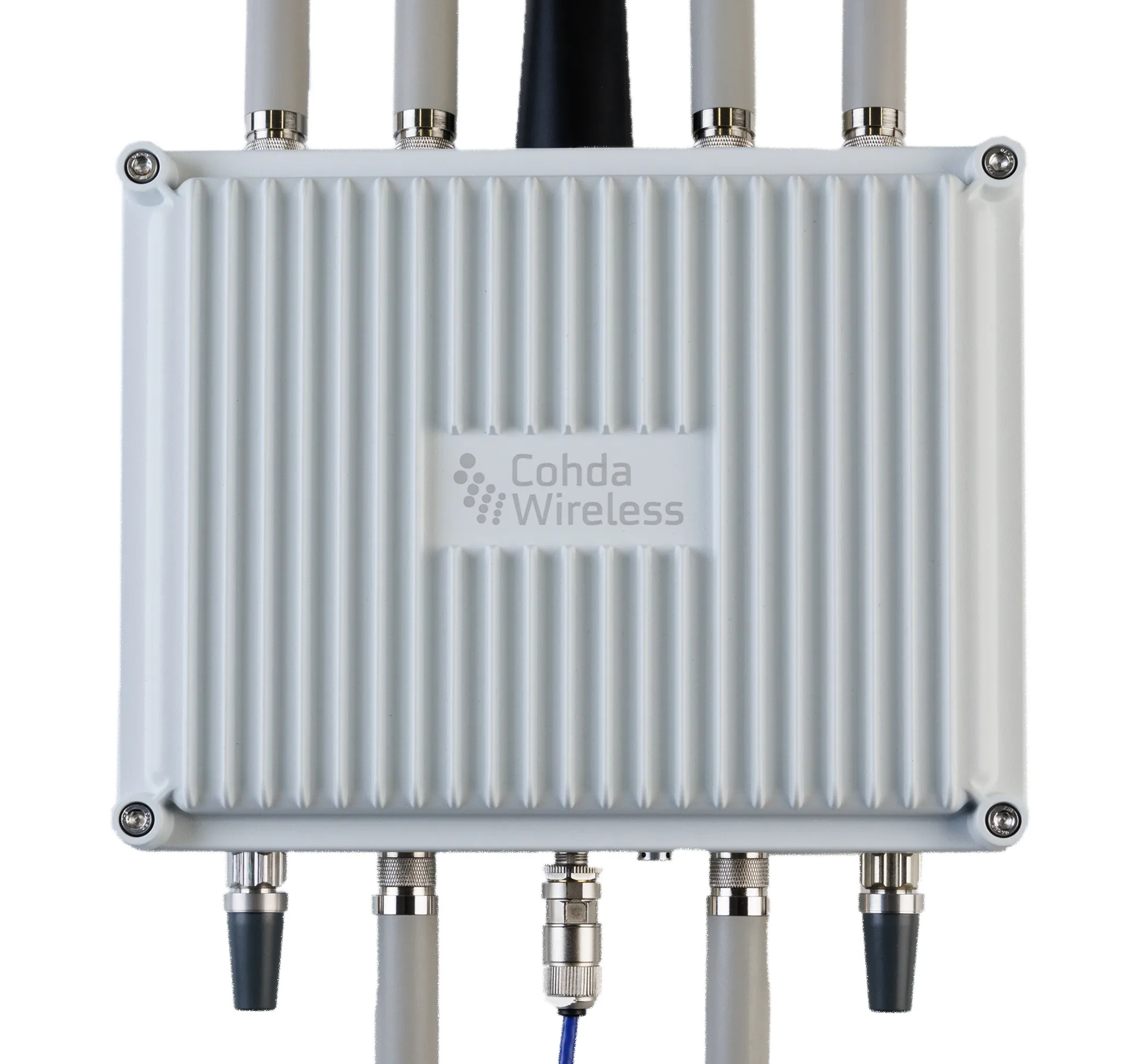In close collaboration with NXP Semiconductors, Marben, a leading provider of vehicle to vehicle and vehicle to infrastructure (V2X) software solutions, is showcasing major road safety and traffic optimisation applications.
During the five days of the ITS World Congress, Marben is exhibiting live in-car demonstrations at the Albert Park Precinct. The demo presents Marben V2X applications integrated with the new NXP V2X Sharkfinsized reference design positioned on the car rooftop. The applications can ins
October 10, 2016
Read time: 2 mins

In close collaboration with 566 NXP Semiconductors, 7872 Marben, a leading provider of vehicle to vehicle and vehicle to infrastructure (V2X) software solutions, is showcasing major road safety and traffic optimisation applications.
During the five days of the ITS World Congress, Marben is exhibiting live in-car demonstrations at the Albert Park Precinct. The demo presents Marben V2X applications integrated with the new NXP V2X Sharkfinsized reference design positioned on the car rooftop. The applications can instantaneously alert drivers about a new hazard on the road that is far beyond their line of sight. The on-road presentation shows how cars and the road infrastructure can interact with each other in real-time to optimise the traffic flow and to give priority to emergency vehicles.
Thanks to a modular design and small memory footprint software, Marben V2X applications have been easily integrated in the new NXP ultra-small footprint reference design that allows the complete 802.11p system to fit into a Sharkfin-sized smart antenna. This new reference design includes the NXP i.MX6 SoloX application processor and the NXP RoadLink chipset, which consists of the NXP SAF5x00EL 802.11p baseband processor, NXP TEF5x00EL 802.11p RF transceiver and NXP SXA1700 Secure Element. It also includes NXP In- Vehicle Networking PHY transceivers for CAN and BroadR-Reach Ethernet, to make a complete automotive 802.11p on-boardunit (OBU). This reference design serves as an example of how to create a V2X OBU and can be used for system evaluation and early (software) development/prototyping.
“Delegates shouldn’t miss the unique opportunity of this live outdoors demo involving both vehicles and road infrastructure, to see how best-of-breed NXP V2X technology and Marben V2X extensive portfolio of V2X applications can dramatically improve road safety,” says Michel Périn, Marben’s sales and marketing director.
During the five days of the ITS World Congress, Marben is exhibiting live in-car demonstrations at the Albert Park Precinct. The demo presents Marben V2X applications integrated with the new NXP V2X Sharkfinsized reference design positioned on the car rooftop. The applications can instantaneously alert drivers about a new hazard on the road that is far beyond their line of sight. The on-road presentation shows how cars and the road infrastructure can interact with each other in real-time to optimise the traffic flow and to give priority to emergency vehicles.
Thanks to a modular design and small memory footprint software, Marben V2X applications have been easily integrated in the new NXP ultra-small footprint reference design that allows the complete 802.11p system to fit into a Sharkfin-sized smart antenna. This new reference design includes the NXP i.MX6 SoloX application processor and the NXP RoadLink chipset, which consists of the NXP SAF5x00EL 802.11p baseband processor, NXP TEF5x00EL 802.11p RF transceiver and NXP SXA1700 Secure Element. It also includes NXP In- Vehicle Networking PHY transceivers for CAN and BroadR-Reach Ethernet, to make a complete automotive 802.11p on-boardunit (OBU). This reference design serves as an example of how to create a V2X OBU and can be used for system evaluation and early (software) development/prototyping.
“Delegates shouldn’t miss the unique opportunity of this live outdoors demo involving both vehicles and road infrastructure, to see how best-of-breed NXP V2X technology and Marben V2X extensive portfolio of V2X applications can dramatically improve road safety,” says Michel Périn, Marben’s sales and marketing director.








